Modern science has come so far that we can now accurately predict weather up to 10 days in advance. We receive hurricane, tornado, and even high wind warnings that give us enough time to evacuate, move to safety, or just hunker down at home.
Meteorologists have an array of tools at their disposal to help keep us safe an informed. Yet, there are some towns that seem determined to defy predictions. I live in one such town. We literally have all four seasons every single day.
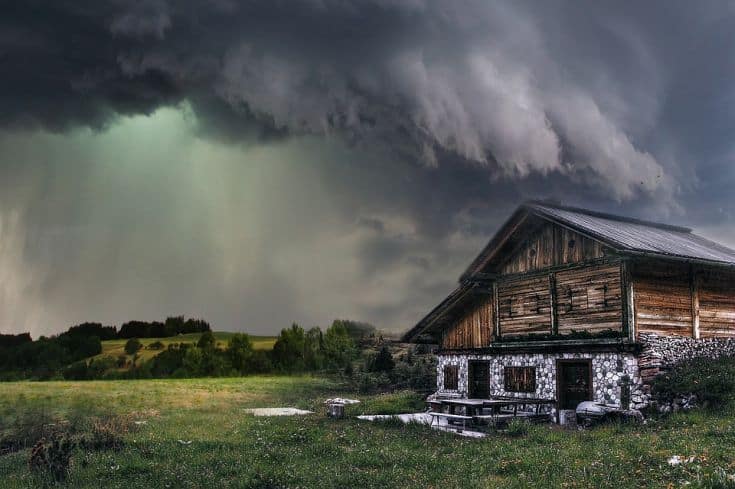
Everyone dresses in layers and we all constantly watch our phones as weather stations change the forecast for every hour. For the most part, what they say the weather will be in the next hour is correct. Anything after that hour is subject to change.
In the years gone by, people did not have all these fancy tools for forecasting the weather. They had to look to the sky and to nature to determine what the weather would be like every day.
I am going to share some scientific ways, some ways to predict weather without the tools, some ways the sky and nature can tell us what to expect, and some funny old ways the weather was predicted (which some people still say work just fine).
Let us start with the science as this is the most accurate way the weather is predicted, even though most of us do not have access to the actual tools.
Science-Based Methods
Meteorologists have six tools that help them to tell what mother nature has in stall for us.
1. Doppler radar
Meteorologists use doppler radars to detect all types of precipitation, wind strength, rotation of thunderstorms, tornados, and wind direction.
2. Satellite data
Satellites orbit around the earth constantly sending data back to meteorological centers taking photos every 30 seconds of weather phenomenon’s like clouds, dust storms, weather fronts, and developing storms.
They also take photos of the sun to photograph solar storms and other weather phenomenon’s in space itself.
3. Radiosondes
Radiosondes are tied to weather balloons twice per day to float into the upper stratosphere gathering data about temperature, humidity, air pressure, wind speed, and direction of wind.
4. Automated surface-observing systems
Automated surface-observing systems monitor the weather on the earths surface and report data about the conditions in the sky, precipitation, surface visibility, temperatures, and wind.
5. Supercomputers
Supercomputers gather, process, and analyze observations from all weather collection sources from all around the world. All this data is translated into weather predictions to forecast everything from local weather to weather systems like hurricanes that can affect many countries.
6. Advanced Weather Information Processing System
This computer processing system combines all the data from the radars, radiosondes, satellites, and ASOS to build models and forecasts that give hazardous weather warnings.
So that is how the professionals do it. But what about you and me? Us common folk do not have access to all that equipment. Well, the next best thing is to look to the sky.
Warnings in the Sky
One of my favorite subjects in high school was geography. Between high school geography and girl scouts’ weather and nature badges, I learned so much about signs the sky gives us to predict weather conditions.
I have always been an outdoors gal. I love to watch the clouds. By watching the clouds, you can learn a lot about what weather to expect.
Clouds are classified according to their height in the sky.
7. Cirrus clouds are long, wispy clouds that are very high in the sky. They are also referred to as mare’s tails because they look like a horse’s tail. If you see these clouds, it means you are in for fair weather. If cirrus clouds are followed by cirrostratus clouds, a warm front is on its way.
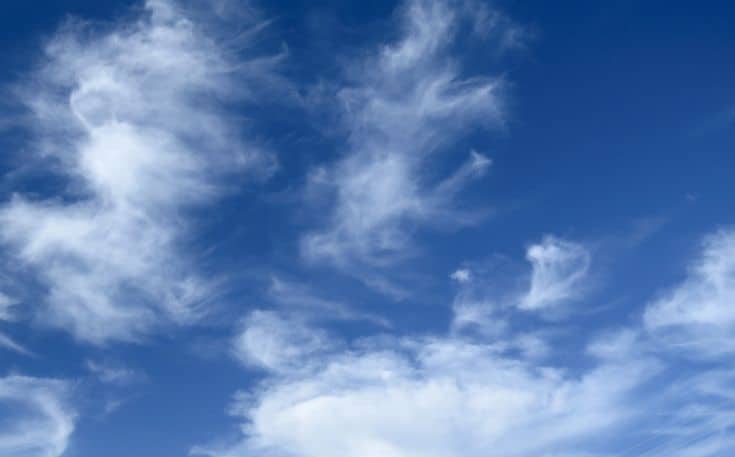
8. Cirrocumulus clouds look like fish scales, high in the sky. These clouds indicate that the weather will be fair to cold:
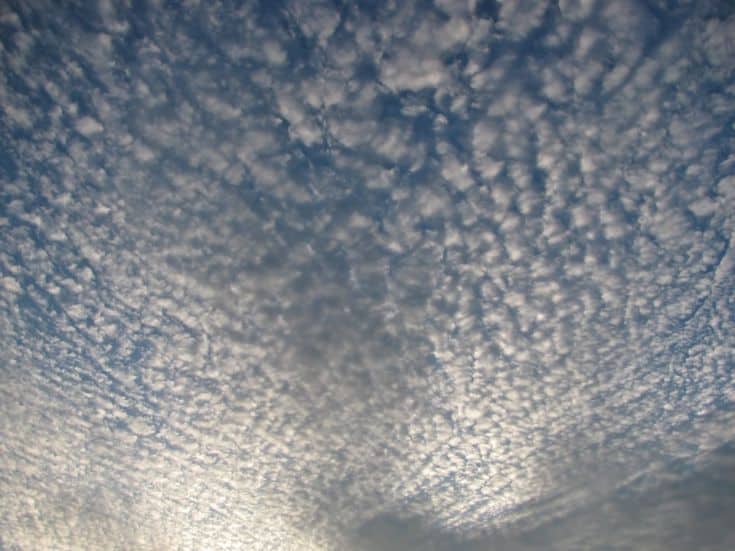
9. Cirrostratus clouds cover the whole sky in a thin sheet high in the sky. If you see cirrostratus clouds, you can expect either rain or snow within 12 to 24 hours:
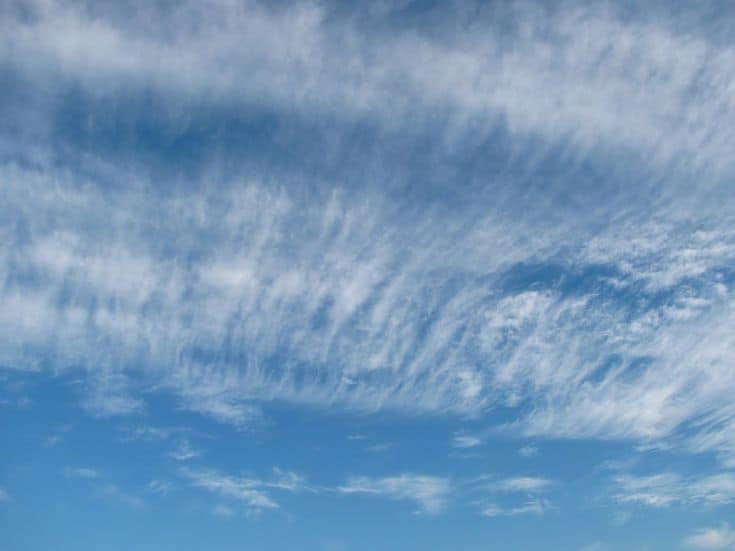
10. Altocumulus clouds are greyish-white. They always have one part darker than the other. They are mid-level clouds that look a bit like cotton candy spread out across the sky. These clouds are often seen in the morning, if you see these clouds on a warm morning, you may see thunderstorms in the late afternoon:
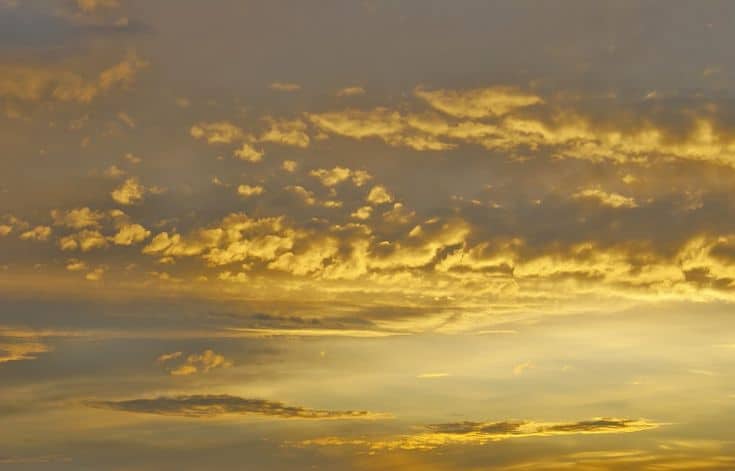
11. Altostratus clouds are grey or blueish grey in color. These clouds appear to be watery and smooth. They cover the whole sky, but at mid-level. Altostratus clouds mean that a long storm with continuous rain or snow is on its way:

12. Stratus clouds are low and look like fog. They are grey and cover the whole sky. They can be accompanied by mist or a light drizzle.
13. Stratocumulus clouds sometimes line themselves up, but they can also spread out. They are low clouds that can bring a very light rain:

14. Nimbostratus clouds are the clouds the whole world is praying for as they bring much needed rain and snow to replenish the earth’s water supply.
They are dark grey and sit low in the sky. The base of the cloud looks a bit ragged. Sometimes, they cover the whole sky to the point where you cannot even see where the clouds end.
15. Cumulus clouds spread out vertically. They have very sharp outlines, and look like light grey cotton balls. While they appear in fair weather, you should watch these clouds for stormy weather. When the top of these clouds looks like a cauliflower head, expect rain showers.
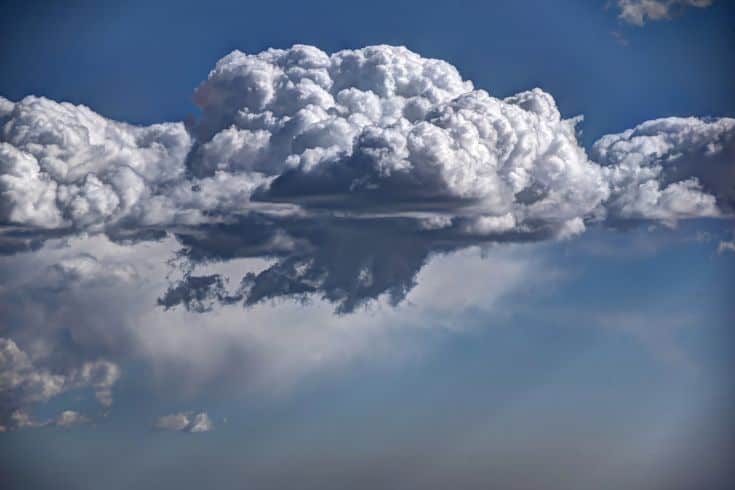
16. Cumulonimbus clouds also have vertical growth, and they are big clouds. The cloud is flat on top giving the appearance of an anvil. These clouds let loose heavy rain, snow, hail, lightning, and sometimes tornados. Definitely worth watching.
17. Mammatus clouds often develop with cumulonimbus clouds. They form pouches under the clouds that look like balls or melons. They are associated with very strong storms.
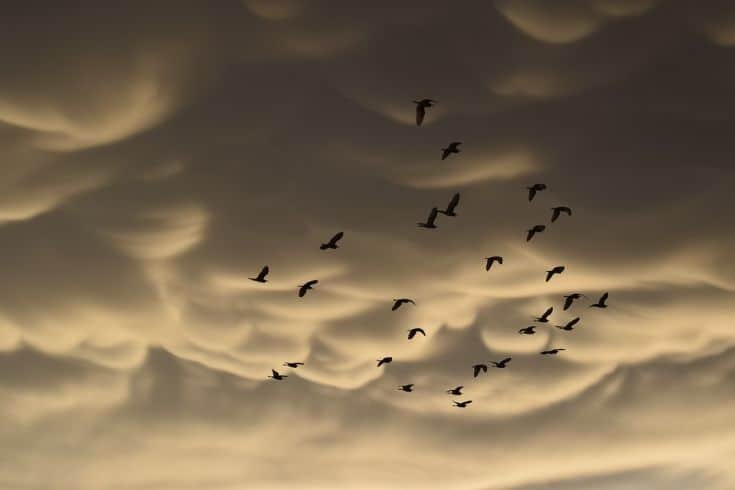
18. Sailors had a saying: red sky in the morning, sailor take a warning. Red sky at night, sailor’s delight. It turns out they were right! The color of the sky is related to high- and low-pressure systems. If the sky is red in the morning, expect stormy weather.
19. Another old saying: Ring around the moon means rain coming soon – is also correct. The ring you see is ice particles causing the light of the moon to refract. It indicates very high cirrus clouds which often precede stormy weather.
20. A gray, cloudy sunset is a sign of coming rain.
21. If the sun looks white or pale at sunset, rain is on its way.
22. If you hear thunder and see lightning, you can also predict how far you are from the storm and if the storm is coming towards you or moving away. You count the seconds between the flash of lightning and the thunder, and divide that number by five. This will tell you how many miles the storm is from your location.
23. If the sky is clear and cloudless at night, and the moon is clear, you can expect frost because of the movement of air and low temperatures.
24. Gray sky in the morning with breaking clouds mean you are in for fine weather.
25. If you live in the southern hemisphere, and you see a rainbow in the western sky, it is warning you that rain is on its way. If the rainbow is in the eastern sky, it indicates that the storm has already produced rain and has moved on.
If you live in North America, or the northern hemisphere, and you see a rainbow in the eastern sky, it is warning you that rain is on its way. If the rainbow is in the western sky, it indicates that the storm has already produced rain and has moved on.
26. Heavy dew in hot weather brings hot weather, no dew means rain will come.
27. A crescent moon lying on its back is a sign of very dry weather.
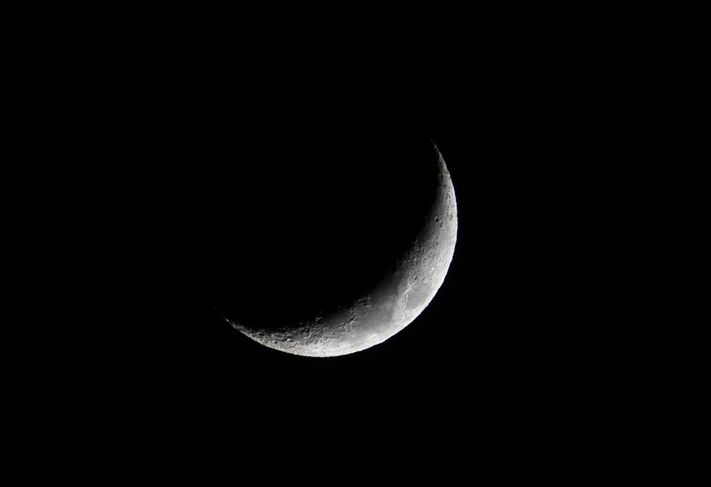
28. Evening sky gold, sunshine will hold, evening sky gray, rain on the way.
29. A whitish yellow sunset means rain during the night or early the next day.
30. When morning comes and grass is wet, another day of sunshine yet. But let the morning grass be dry, a rainy day in the by and by.
31. Oily looking clouds mean a windy day.
32. If the clouds are moving in a different direction than the air on the ground, the changing winds will bring a change in the weather.
33. A morning rainbow means rain.
34. An evening rainbow means pleasant weather is ahead.
Sayings That Are Proven to Be True
35. If you smell ozone in the air, rain is on the way.
36. If you can smell plants, flowers, and nature odors better, this is because smells travel better in humid air. You will soon get rain.
37. If there is dew on the grass you will have a cloud-free, clear day.
38. Count how many times a cricket chirps in 15 seconds, then add 37. The answer is what the temperature will be in Fahrenheit degrees.
39. Frogs croaking loudly means rain is coming soon.
40. If pine-cones close up, rain is on the way.
41. Mosquitoes will storm ahead of a storm.
42. Mosquitoes will bite more before storms.
43. If the leaves of trees start to change color, it is a sign of the change of a season. Winter to spring, spring to summer, summer to fall, fall to winter. If the leaves change color too soon during the summer to fall session, the winter ahead will be particularly nasty, and drought could follow.
44. Bees get more active before a storm, they may buzz louder, swarm, or act more aggressively if bad weather is on the way.
45. Checking the hive to see how much honey the bees have made at the end of summer or early fall can also tell a bit about the upcoming winter. If there is a lot of honey, they are preparing for a very cold winter.
46. Honeybees either evict or kill drones before winter really sets in so that there are fewer mouths to feed. If you find lots of dead drones, winter is on its way.
47. If weather vanes suddenly get active, a storm is on its way. Some believe if it turns clockwise good weather is on its way, if it turns counterclockwise, bad weather is coming.
Old Wives Tales That Are Often Correct
There are so many old saying – old wives’ tales really – that are so often accurate that people still watch out for. Some have undergone scientific testing (or monitoring), and have been proven to be accurate more than 60 % of the time.
Here are a few of those:
48. A pale moon with bright stars in Autumn means frost will come.
49. When the wind is in the North.
The skillful fishes go not forth.
When the wind is in the South,
It blows the bait in the fish’s mouth
When the wind is in the East,
It’s neither good for man nor beast.
When the wind is in the West,
Then it’s at its very best!
50. Winds in the east, fish bite the least.
Winds in the west, fish bite the best.
Winds in the south, hook’s in the mouth.
Winds in the north, no fish come forth.
51. If the brown, middle stripe of the brown and black tiger moth caterpillar is narrow, the winter will be harsh.
52. If the activity of birds and squirrels increases, you should expect a major storm.
53. Locusts only sing when it is hot and dry. If you hear them singing, prepare to go swimming.
54. If birds start to migrate early, this is also an indication of a very cold winter.
55. If birds are flying high in the sky, it means the weather will be fair.
56. If birds are flying low – especially sparrows – they indicate that rain is coming.
The lower the birds are flying the closer the storm is and the harder the rain will fall. This is because of the air pressure changing and forcing them to fly low.
Sparrows are very visible before a storm. You will see large flocks flying frantically, playing in the wind, surfing the air currents, and having a blast before rainstorms.
57. If the wind is blowing from the east to the west, storms may occur. Westerly winds bring fair weather.
58. If faraway sounds seem clearer, it is going to rain for a long time.
59. If pigs dig deep holes in the ground, the temperatures will soar. When animals dig holes to lie in, they are looking for the cooler, sometimes moist ground underneath.
60. If your pets or your livestock suddenly start to get extra furry you are probably in for a very cold winter.
61. Cats clean themselves by licking their paws, and then swiping them over their faces. They tend to leave their ears alone. But their ears are super-sensitive to air pressure. If you see your cat swiping at his or her ears, there is a good chance that rain is on its way.
62. When young animals frolic and play, a rainstorm is on its way.
63. When body aches flare, or toothaches occur, you can expect very cold, miserable weather. The older I get the more I can attest to this!
64. Cicadas only sing when the weather is above 83° F (28° C).
65. If your cows and horses are trying to scratch their ears, this normally means that the weather is going to change soon as their ears are also sensitive to changes in air pressure.
66. If your cows stop getting pregnant, it is a good indicator that winter will be particularly cold.
67. When squirrels hoard nuts, winter may be rough.
68. When a cricket chirp is loud and clear, rest assured that rain is near.
69. Often people experience sudden changes in blood pressure or their pulse rate before a sudden change in the weather.
70. Butchered cattle with a lot of extra fat means winter will be harsh.
71. If chickens stay out in the rain instead of heading for cover, it means the rain will not last long.
72. Bees busy in late summer, mean winter will be especially cold.
73. When animals are restless, a really bad storm is on its way.
74. Cows bellowing a lot means a rain shower is on its way.
75. If you see your herd animals gathering close together, and they are all facing the same direction, a storm is close by.
76. Dogs and horses sniff the air before rain.
77. Fish eat a lot before a storm, so if you have had a good day fishing, a storm is on its way.
78. If you are camping, watch the smoke from your campfire. If it rises straight up, you will have fair weather the next day. If it swirls or blows back down, bad weather is very close by. Expect to spend the next day or so in your tent.
79. Woodpeckers peck harder before a bad storm.
80. Bees stay in their hives when the temperature is below 60° F and above 102° F.
81. When pigs snort, it is because of humid air. It is going to rain.
82. If you see butterflies sitting under leaves, rain is coming. They want to keep their wings dry.
83. Opossums and raccoons carry their young to higher ground before heavy rain and flooding.
84. When fawns stay near their mothers, it is going to rain.
85. When there are a lot of flies, it is going to rain. I find this to be 100% true, annoyingly enough.
86. When cows are annoyed by flies it is going to rain.
87. Daisies, morning glories, tulips, and dandelions all close up before it rains.
88. Ants build higher mounds and sometimes even close their mounds before heavy rain.
89. All insects go quiet when the temperature is above 106° F / 41° C.
90. Deer come down to lower ground before a storm.
91. Buzzards disappear before a hailstorm.
92. Squirrels collecting nuts before fall, and building their nests close to the ground are indicators of a bad winter on its way.
93. When swallows perch upon the weather vane, you can be sure that it is soon to rain.
94. If the skin of sweet potatoes is very thick, winter will be harsh.
95. Coyotes stay close to the camps when a blizzard is on its way.
96. Ants come out of their nests when the temperature is 54° F / 12° C or higher.
97. When frogs hide under lily pads, it is going to rain.
Signs That May Be Accurate
Some sayings you can not be positive of all the time. Sometimes they are accurate, sometimes, not so much.
Here are some maybes:
98. If watermelons have a lot of seeds, winter will be colder than usual.
99. Pigs scratch their backs on fences before a rain shower.
100. If your corn husks and onion skins are thicker you are in for a harsh winter.
101. When horses get skittish a storm is brewing. Horses get skittish if a leaf blows past them, so I will not be looking for storms when my horses act silly.
102. Thick acorn shells and pine trees producing more, and bigger pinecones than normal also indicate a harsh winter is on the way.
103. If the grass is a deep shade of green in summer, winter will be very cold.
104. If a rooster crows later in the day, it will rain soon.
105. Long, thick catalpa beans indicate a wet summer is coming.
106. If house mice squeak or scratch the walls, bad weather is coming.
107. If hornets build their nests close to the ground, expect a bad winter.
108. The leaves of chickweeds close before it rains.
109. The more a cow swings her tail, the worse the storm approaching will be. Or she may just be swatting all the darn flies that precede a storm.
110. If blackberries have a lot of blooms, winter will be very cold.
111. When the blackbirds call is shrill and sharp, it is going to rain.
112. If a tree frog stays in the water and croaks, the weather will be stormy.
113. If there lots of fireflies out at night, the next three days will have clear weather.
114. When hens cluck and cluster together it is going to rain.
115. If tree branches are close together, expect a harsh winter. If they are open and spread out, you are in for fair weather.
116. When pigs squeal in winter, a blizzard is on the way. Or they may be excited that you are bringing their food…
117. When ducks quack a lot, it is going to rain.
118. If the sumac leaves are redder than usual in fall, winter will be very cold.
119. If dogs dig holes, eat grass, refuse meat, or howl when you go outside, expect rain.
120. Silver maples and cottonwood trees turn silver before it rains.
121. Because rabbits seek shelter before a storm, if your traps are full it is because they are in a hurry because a storm is headed in.
122. If the tree frog climbs out of the water, the weather will be pleasant.
123. Geese honk before a storm.
124. If the cat stays by the fire or licks its feet, rain is coming. If this one is true, we are in for perpetual rain as the fireplace is the favorite hang-out spot for all our cats.
125. If you hear an owl in October, winter is close. There are so many non-weather-related old sayings about owls. My mother firmly believed that if you heard an owl hoot at night, someone you know was about to die. If the owl was sitting on your roof when it hooted, it meant someone in the house was about to die.
126. When foxes eat grass, it is going to rain.
127. If root vegetables grow deeper than usual, you can be sure the winter months will be long and cold.
128. When spiders spin their webs on the south side of the barn, it is going to be a bad winter.
129. If squirrels hide their nuts at the base of a tree or in a fallen log, winter will bring little or no snow.
130 If squirrels store their nuts inside a hollow tree, winter will be very bad.
131. If robins sing more and stay close to their nests, rain is coming.
132. If spiders spin their webs in the morning, the weather will be pleasant.
133. If spiders destroy their webs in the morning, it is likely going to rain.
134. When frogs croak loudly, it is going to rain.
135. When frogs are quiet, the weather will be fair.
136. If grapes mature too early, it will be a bad winter.
137. Even leeches can tell you about the weather. If you place a leech in a jar with water and it remains curled up at the bottom, it is a sign of good weather ahead. If it crawls to the top of the jar, it is going to rain. If you see the leeches swimming rapidly about, you can expect heavy winds.
138. If trees have heavy bark on the north side of their trunk, winter will bring lots of drifting snow.
139. If tables and chairs creak it is going to rain.
Old Wives Tales That Are Just Old Wives Tales
There are many sayings and beliefs that are not true, or that have not been scientifically proven to be true. Often, these sayings do not take into account all the aspects of the environment.
Here are some of those, take them with ‘A Pinch of Salt’:
140. If the leaves of the poplar trees turn over it means rain is on the way.
141. If you see a lot of birds perched on a line together, a tornado is on its way.
142. If you count the number of heavy fogs in August, you will know how many major snowstorms you will have in winter.
143. A year of snow, a year of plenty.
144. For more years than I can imagine, every year in the town of Punxsutawney, Pennsylvania, residents have gathered to watch as a sleepy little groundhog named Punxsutawney Phil (who is quietly replaced every time he dies) gather to watch as he emerges from is winter hibernation.
Legend has it that if he sees his shadow when he comes out of hibernation there will be six more weeks of winter. No shadow means spring is here.
145. If you see ants traveling in lines, expect rain. If they scatter about, the weather will be good. 100% false. Ants always travel in lines. They cannot see well and travel instead by tracking pheromones. If an ant finds food, it takes a piece leaving a bread-crumb trail of pheromones for the other ants to follow.
146. If you cut open the seed of a persimmon, and the shape inside resembles a fork, winter will be light. If the shape inside is that of a knife, winter will be cuttingly cold. If you see a spoon, you will be shoveling snow all through the winter season. If you see a $100 bill, please send it back to me!
Conclusion
When my kids were little, I would wake them up, and tell them to put on warm clothes, and take their raincoats because it would rain later.
They would moan and groan that the sun was shining so it would not rain. Later when the rain began, they would come and ask how I knew it was going to rain. My answer was always the same:
“I opened the curtains and looked outside!”
What do you do to predict the weather? Let us know some of the odd ways you know of to predict the weather in the comments below.
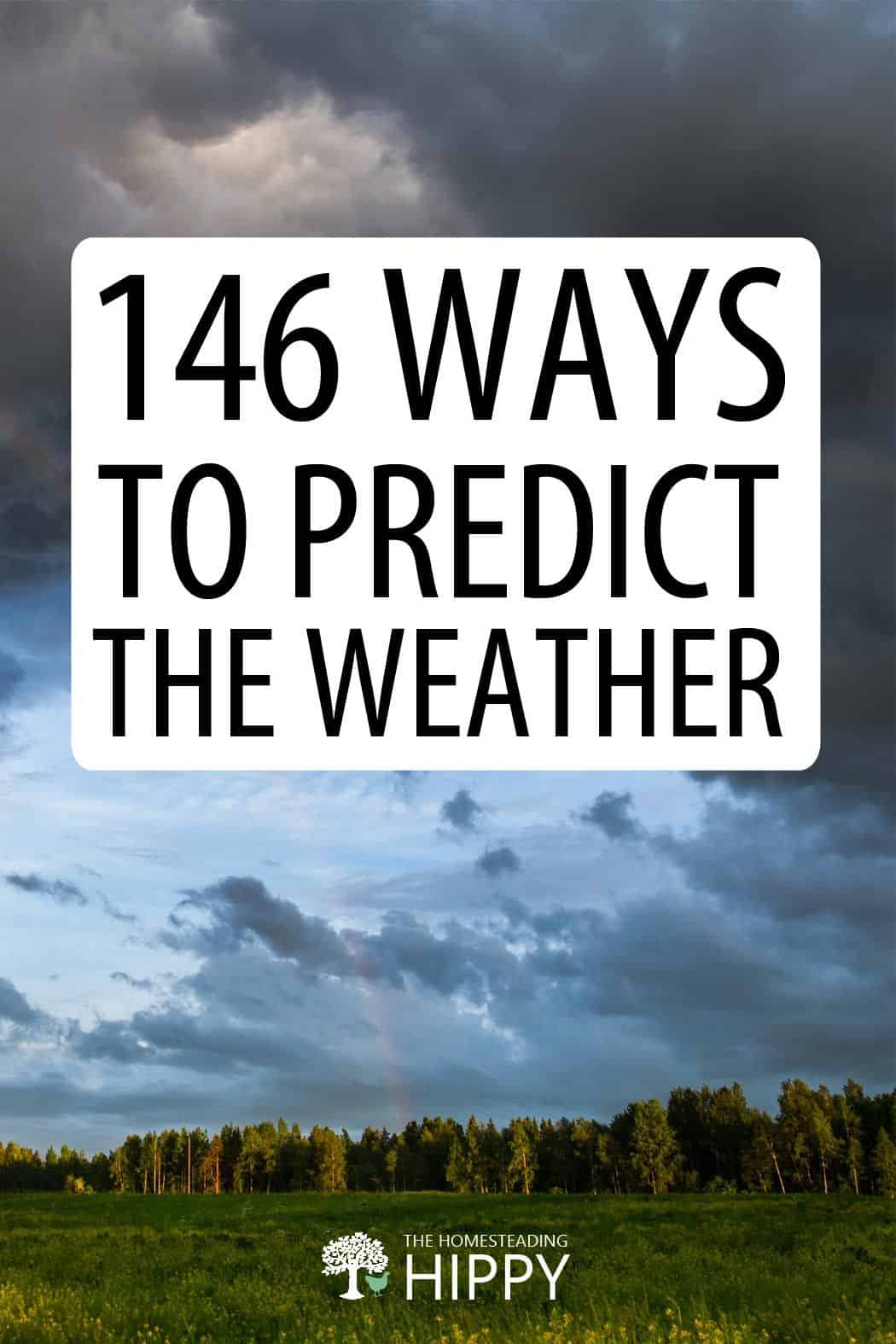
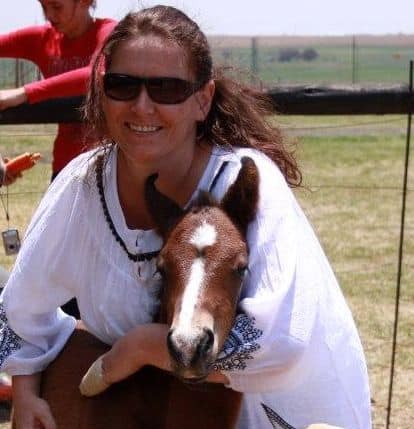
Di-Anne Devenish Seebregts was raised in an environment where daily life consisted of hiking, environmental conservation, growing fruit and vegetables, and raising poultry for meat and eggs.
She combined her passion for the writing word with her love of the pride that comes with not relying on others. She raised three children (who are now adults) to value the environment, and understand the value of being self-sufficient.
Find out more about Di-Anne on our About Us page.
